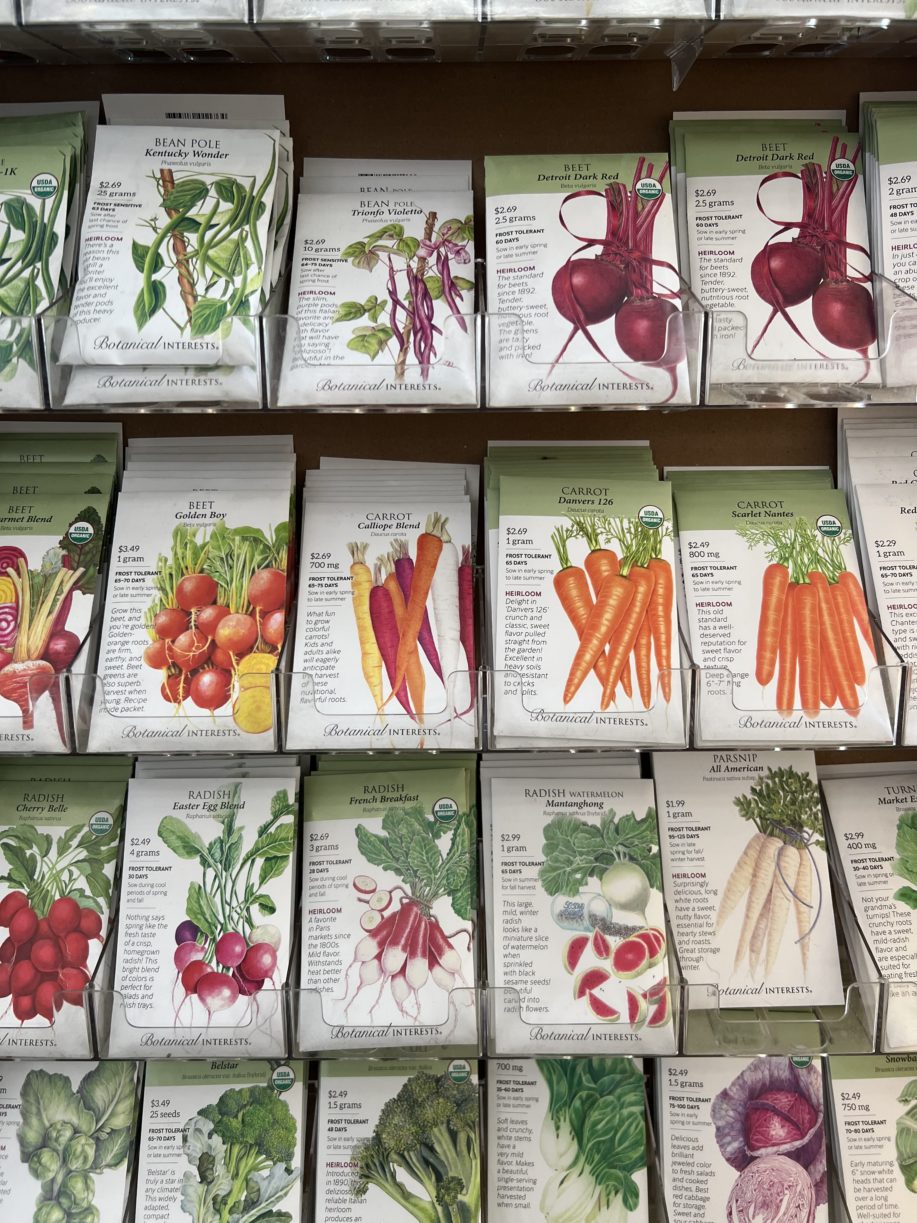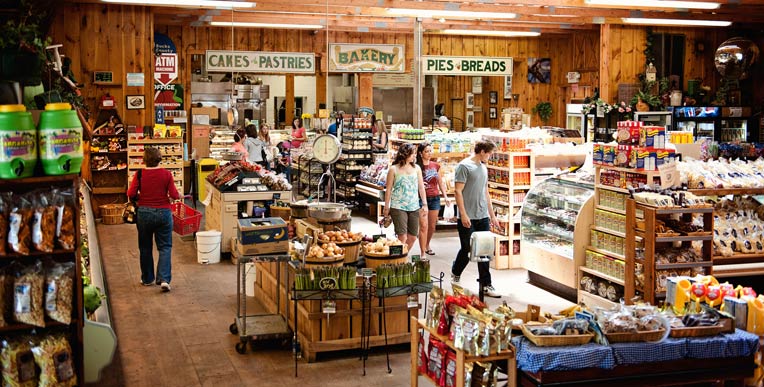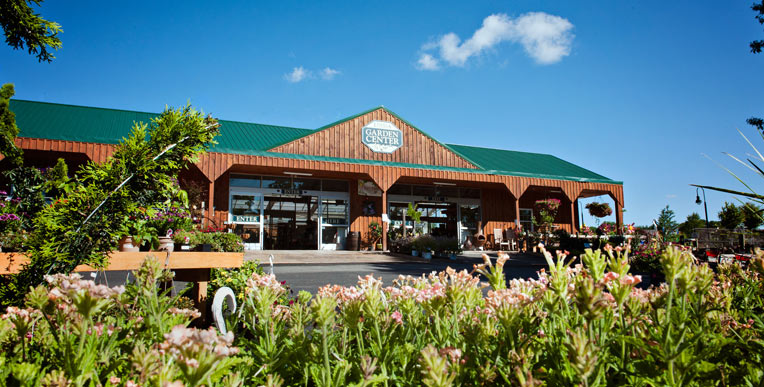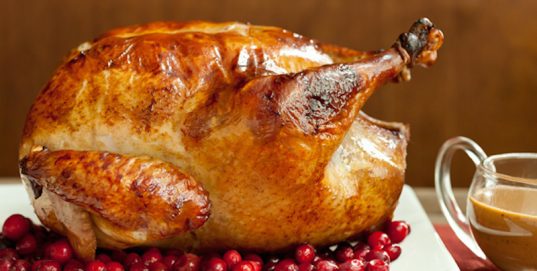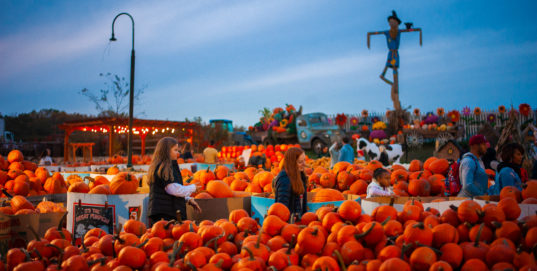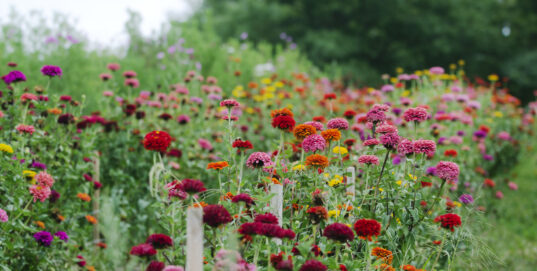The calendar has turned over, the days are getting longer, and we’re starting to feel eager for spring again! One way to scratch the gardening itch that shows up this time of year is to start your garden from seeds indoors. Here are some great tips for seed starting at home.
The first step in seed starting is to gather your materials.
Recommended materials to start growing seeds indoors at home:
-Germination containers (Pre-packaged kits, egg cartons, newspaper cups, clean empty yogurt cups/milk cartons, etc.)
-Soilless potting mix
-Seeds
-Watering mechanism (watering can, misting bottle, etc.)
-Large ziplock bag that can cover your containers or a clear plastic cover
-Labels
-Light source (a bright window is usually good to get you started)
Additional items that are be useful:
-Grow lights (when a seedling emerges, it needs 12-18 hours of light a day)
-Warming mats (an optimal temperature for seed germination is 70-80 degrees and they preferred to be warmed from the bottom up)
-Fertilizer for when the young plants true leaves emerge
-3 to 4” pots for potting up when the seedlings get big enough and root development should be encouraged (if you are reusing plastic pots from a previous growing season, be sure to clean them with a 10% bleach solution first)
When do you start your seeds? Your seed packet will tell you the optimal time to start the seeds either indoors or out. It’s important to know your area’s average last frost date. What is an average last frost date? It is the first day in spring on which there is less than a 50% chance a frost (32 degrees F or below) will occur. This gives us a range of dates from about April 15th to May 15, and the later the date on that spectrum, the less chance of a frost. The seed packet will tell you how many weeks before the last frost you should start planting your seeds. Late February through March and April are optimal times for those of us in zone 7 to get things started.)
Your seed packet will also help you determine if your seeds need any extra treatments to encourage germination, such as scarification or stratification.
Scarification: weakening the coat of a seed to encourage germination.
Stratification: typically, a cold, moist period that will break a seed’s dormancy.
Planting out
About 7-10 days before the date on which you want to transplant your seeds into the garden, you will need to start a process called “hardening off”. Essentially, you are gradually increasing their exposure to direct sun, drying winds, and lower night temperatures before planting them in the garden. This process reduces plant stress after transplanting, and should help them acclimate faster. At this point I would also recommend stopping water-soluble fertilizer treatments if you’ve been doing them indoors. If during this time, freezing temperatures are forecasted, take the plants back inside.
Transplanting into the garden should take place on cloudier days, or in the early morning to reduce stress from an intense sun. Also, make sure that strong winds or strong downpours are not in the forecast. Immediately after planting out your young plants, soak the soil around them. If very intense sun, strong winds, or driving rains threaten young plants in the first few days, you can cover them to help give them some protection.
Direct seeding into the garden can take place during the time that the seed packet gives as an optimal range for sowing them. If your beds are prepared well, they will be perfect environments to encourage germination with appropriate moisture. Just like when grown indoors, make sure that small seedlings don’t dry out.
